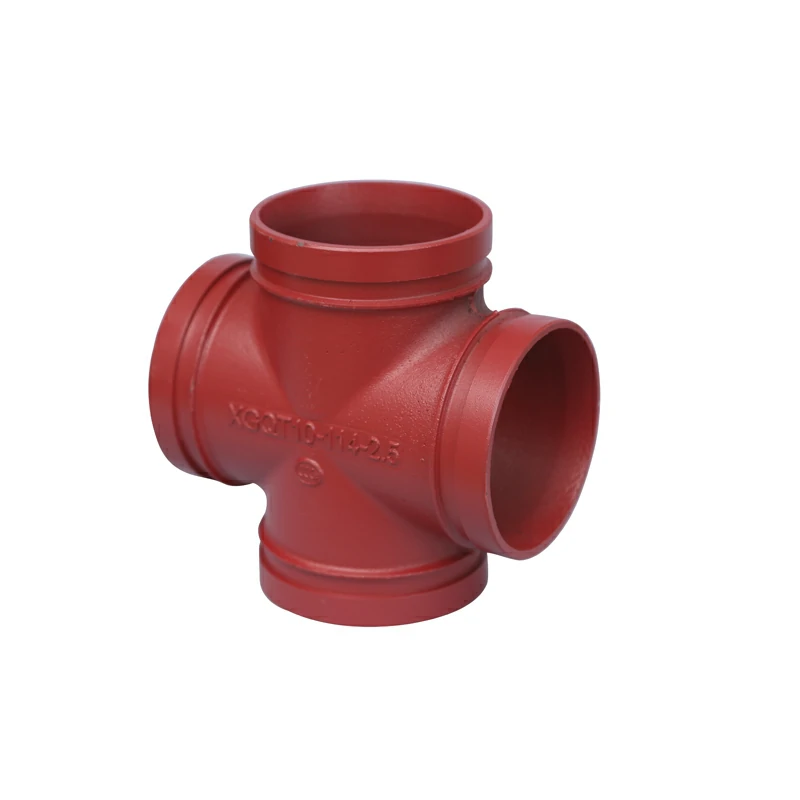Flow direction indicators play a crucial role in cross tee fitting installations by providing visual guidance on the intended direction of fluid flow within a piping system. These indicators are particularly important in systems where proper flow orientation is critical for optimal performance, efficiency, and safety.
Here are several key roles that flow direction indicators play in cross tee fitting installations:
- Visual Confirmation of Flow Direction: Flow direction indicators offer a visual confirmation of the intended direction of fluid flow through the cross tee fitting. This is especially important in systems where it is essential to ensure that fluids move in a specific direction to achieve desired process outcomes.
- Prevention of Installation Errors: The presence of flow direction indicators helps prevent installation errors that may occur when connecting pipes and fittings. Installers can easily verify the correct orientation of the cross tee, reducing the likelihood of unintentional reversals.
- Process Optimization: In certain applications, the efficiency of the overall process may depend on maintaining a consistent and controlled flow direction. Flow direction indicators aid in optimizing processes by ensuring that fluids move in the designated path, meeting operational requirements.
- Maintenance and Troubleshooting: Flow direction indicators simplify maintenance and troubleshooting activities. During inspections or repairs, maintenance personnel can quickly identify the flow direction without the need for additional tools or measurements.
- Alignment with System Design: Some piping systems are designed with specific flow patterns to maximize efficiency or meet design specifications. Flow direction indicators help align the installation with the intended system design, ensuring that it operates as intended.
- Compliance with Standards: In certain industries, cross tee fitting adherence to standards and regulations is crucial. Flow direction indicators help demonstrate compliance with design specifications and industry standards that mandate specific flow orientations for safety or operational reasons.
- Enhanced System Safety: Correct flow direction is essential for the safe operation of certain systems. Flow direction indicators contribute to system safety by minimizing the risk of unintended flow patterns that could lead to equipment damage or unsafe conditions.
- Quick Identification of System Components: In complex piping systems, flow direction indicators assist in quickly identifying the orientation of cross tee fittings and other components. This aids in system documentation, inventory management, and ease of replacement during maintenance.
- User-Friendly Installation: Flow direction indicators contribute to the user-friendliness of the installation process. Installers can easily determine the correct positioning of the cross tee, promoting efficient and accurate assembly.
- Prevention of Contamination: In systems where the flow direction is critical to preventing contamination, such as in sanitary or food processing applications, flow direction indicators ensure that fluids move in the desired, hygienic path.
In summary, flow direction indicators in cross tee fitting installations serve as a visual guide for proper flow orientation, preventing errors, optimizing processes, facilitating maintenance, ensuring compliance with standards, enhancing system safety, and promoting overall system efficiency. Their inclusion is particularly valuable in applications where flow direction plays a crucial role in system performance and safety.

